
Saab 9-5 Saloon (2010-2011) engines, drive and performance
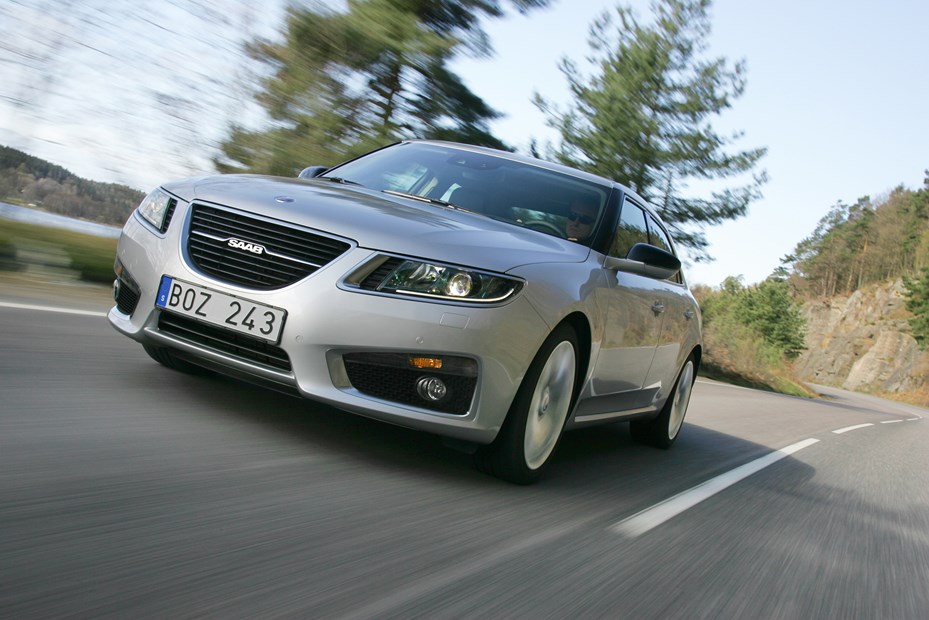
There’s a level of Saab 9-5 performance available for most buyers. There’s a choice of three petrol and two diesel-powered cars and all are turbo powered (a Saab trademark), but the engines are also more economical than the previous model. The petrol line-up starts with a four-cylinder 1.6-litre engine with 176bhp and 230Nm of pulling power. When the ‘overboost’ is used this increases pulling power to 266Nm.
Accelerating from zero to 62mph takes 9.5 seconds. Move into the 217bhp, 350Nm 2.0-litre turbo and standstill to 62mph takes 7.9 seconds. The flagship 296bhp 2.8-litre V6 packs impressive performance completing the 0-62mph dash in 6.9 seconds so this will be the one to go for if Saab 9-5 performance is a priority. It also has 400Nm of pulling performance – impressive for a car of this size.
There are two 2.0-litre diesels to choose from with two different power outputs. The lower-powered option has 158bhp, 350Nm of pulling power and has a claimed average fuel consumption of 53.3mpg, while the higher-powered twin-turbo version with the 187bhp 2.0-litre engine has 400Nm of pulling power and can sprint from 0-62mph in 8.8 seconds. Buyers can specify either front-wheel drive or the XWD all-wheel-drive version.
All engines are offered with a six-speed manual or six-speed automatic gearboxes, though the 2.8-litre petrol version comes with an auto as standard.
The Saab is not going to be the ultimate driver’s machine but it performs reasonably for a car of its size. It is perfect for cruising at motorway speeds but spirited driving on back lanes incurs a bit of body roll when cornering. The optional Drive Sense Control adaptive chassis does improve things somewhat by sharpening the handling. The system has three modes: Intelligent, Sport and Comfort.
The Intelligent mode is design to adapt the suspension to the way the car is being driven. So if the car is accelerating and braking hard, the suspension will adopt a more sporty set-up. The XWD version does improve grip thanks to the four-wheel-drive system, but the Saab 9-5 remains better suited to covering long distances in comfort rather than sporty driving.


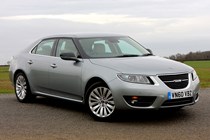
.jpg)
.jpg)
.jpg)
.jpg)
.jpg)
.jpg)
.jpg)
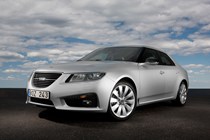
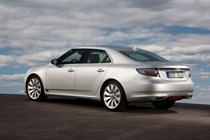
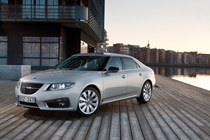
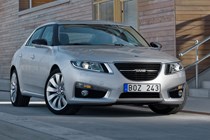

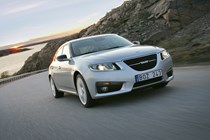
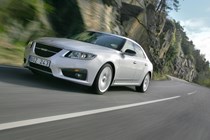
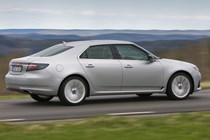
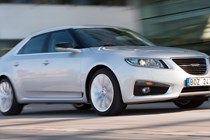
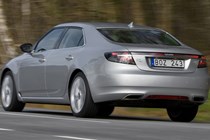
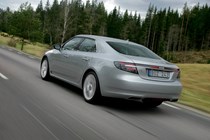
.jpg)
.jpg)
.jpg)
.jpg)
.jpg)
.jpg)
.jpg)
.jpg)
.jpg)
.jpg)
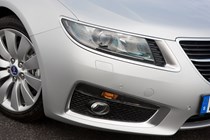
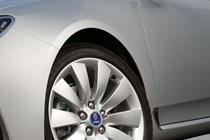
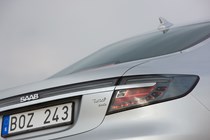

.jpg)
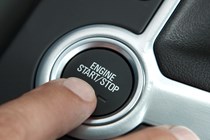
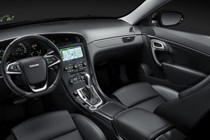
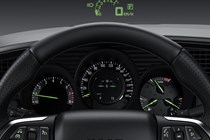
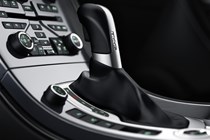
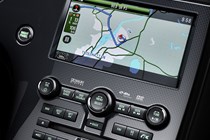
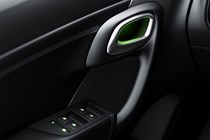
.jpg)
.jpg)
.jpg)
.jpg)
.jpg)
.jpg)
.jpg)
.jpg)
.jpg)
.jpg)
.jpg)
.jpg)
.jpg)
.jpg)
.jpg)
.jpg)
.jpg)
.jpg)
.jpg)
.jpg)
.jpg)
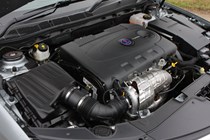

.jpg?quality=50)
.jpg?quality=50)
.jpg?quality=50)
.jpg?quality=50)
.jpg?quality=50)
.jpg?quality=50)
.jpg?quality=50)











.jpg?quality=50)
.jpg?quality=50)
.jpg?quality=50)
.jpg?quality=50)
.jpg?quality=50)
.jpg?quality=50)
.jpg?quality=50)
.jpg?quality=50)
.jpg?quality=50)
.jpg?quality=50)




.jpg?quality=50)






.jpg?quality=50)
.jpg?quality=50)
.jpg?quality=50)
.jpg?quality=50)
.jpg?quality=50)
.jpg?quality=50)
.jpg?quality=50)
.jpg?quality=50)
.jpg?quality=50)
.jpg?quality=50)
.jpg?quality=50)
.jpg?quality=50)
.jpg?quality=50)
.jpg?quality=50)
.jpg?quality=50)
.jpg?quality=50)
.jpg?quality=50)
.jpg?quality=50)
.jpg?quality=50)
.jpg?quality=50)
.jpg?quality=50)
